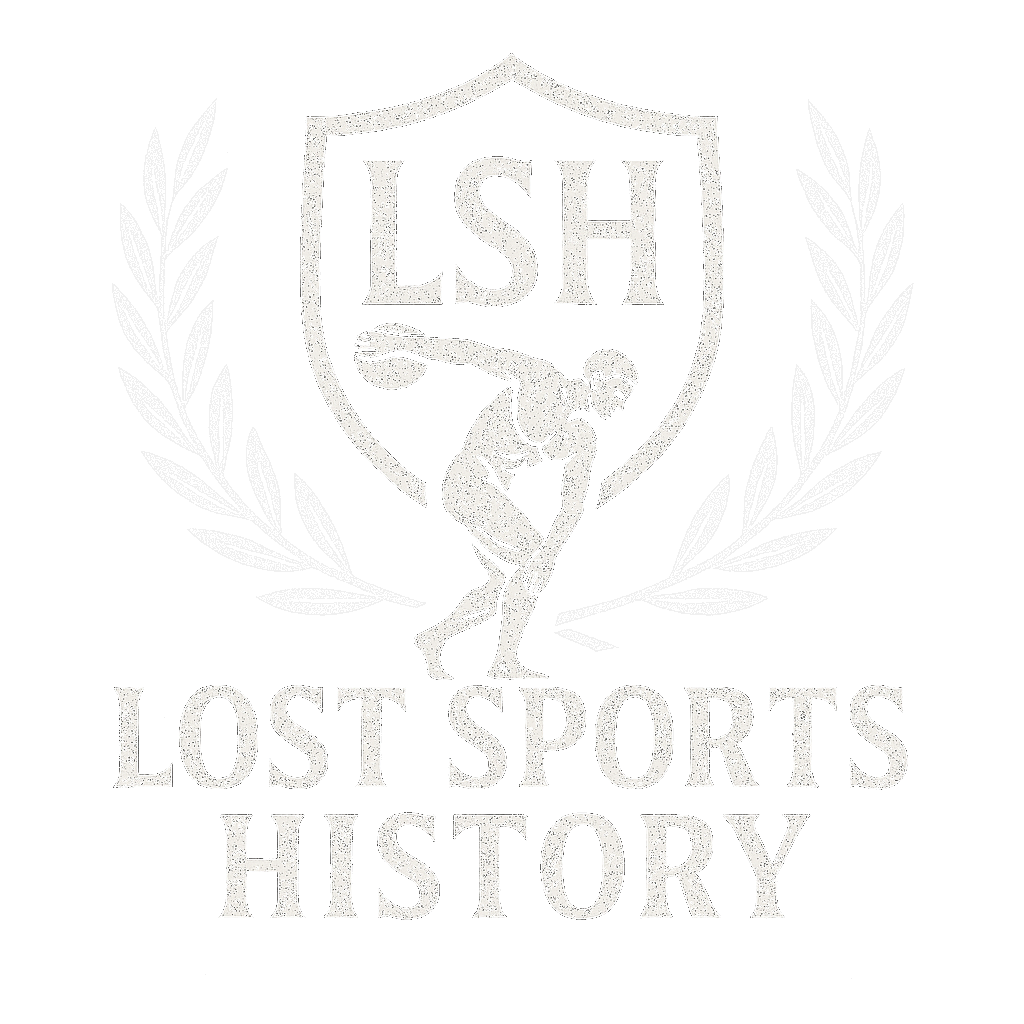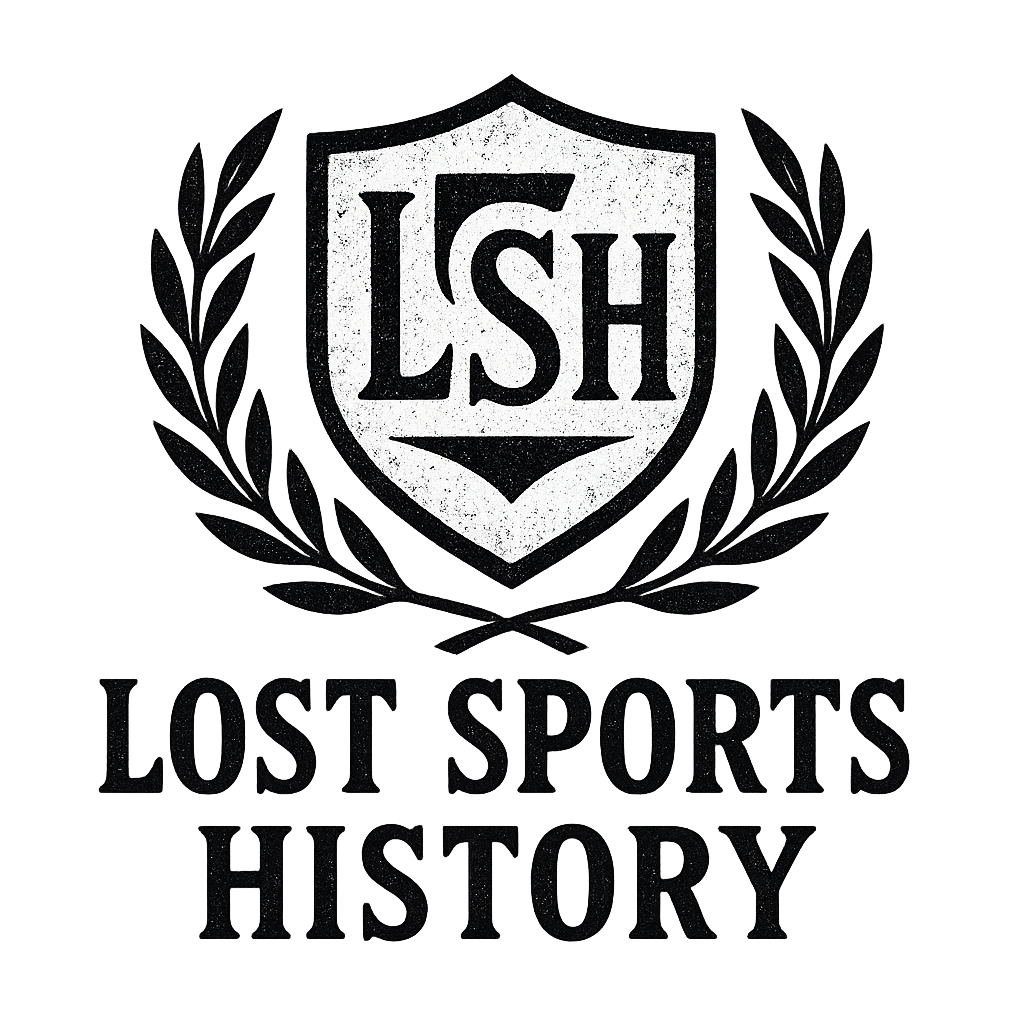Now Reading: Knattleikr: Unveiling the Viking Ball Game
-
01
Knattleikr: Unveiling the Viking Ball Game

Knattleikr: Unveiling the Viking Ball Game
When we think of Vikings, we often picture fierce warriors, longships, and raids. But there’s more to Norse society than just these stories. Behind the well-known tales lies a rich tapestry of cultural practices that shaped their way of life.
One such hidden gem is Knattleikr, an ancient Viking ball game that captivated communities across Scandinavia.
What is Knattleikr?
When talking about this Viking game the word Knattleikr – literally meaning “ball game” in Old Norse – represents far more than a simple recreational activity. This intense, physical sport embodied the Viking spirit of competition, strength, and community bonding.
The Importance of Sports in Viking Culture
While Hollywood depicts Vikings primarily as warriors, their daily lives included sophisticated social activities and organized sports that rival modern athletic competitions. In fact, the influence of ancient sports on modern games is a fascinating area of study.
Today’s growing fascination with Viking culture has sparked renewed interest in these lesser-known aspects of Norse life. From the icy fields of Iceland to the grassy plains of Norway, Viking game Knattleikr united communities in displays of skill, strategy, and raw power. This lost sport serves as a testament to the complexity and richness of Norse recreational traditions.
What to Expect
In this article, we will explore:
- The fascinating world of this ancient Viking ball game
- The parallels between ancient and modern football games
- The modern revivals of such ancient sports
- How some sports have historically involved cheating and rule-bending
The Historical Context of Knattleikr
The Viking Age (793-1066 CE) was a significant time in Northern European history. During this period, the Norse people, known for their seafaring skills, created a diverse culture that went beyond being just raiders and warriors. They placed great importance on physical strength, community gatherings, and competitive sports as integral parts of their everyday lives.
Knattleikr: A Popular Sport Among the Vikings
Viking game Knattleikr emerged as a significant recreational activity during this era, documented in several Icelandic sagas. These medieval manuscripts provide valuable glimpses into the game’s prominence in Norse society:
- Grettis saga describes intense matches where players showcased their strength and agility
- Egils saga recounts a famous game where young Egil, aged seven, competed against older boys
- Eyrbyggja saga details how games often attracted participants from different regions
The Importance of Knattleikr Matches
The sagas paint vivid pictures of Knattleikr matches as major social events, drawing crowds from neighboring settlements. These gatherings served multiple purposes:
- Strengthening community bonds
- Training young warriors
- Settling disputes between rival groups
- Celebrating seasonal festivals
Archaeological Evidence of Knattleikr’s Significance
Archaeological evidence suggests dedicated playing fields near Viking settlements, particularly in Iceland. These spaces, often located near assembly sites called things, reinforced Knattleikr’s role as both a sporting event and a crucial social institution in Viking society.
Understanding the Game Mechanics of Knattleikr
The basic rules of Knattleikr centered around two opposing teams competing on a designated playing field. Players used wooden bats or sticks to strike a hard ball made from wood or leather. The main goal was to gain possession of the ball and keep control while stopping the other team from taking it.
Key Game Elements:
- Teams had between 6 to 20 players on each side
- Matches could last for several days of intense competition
- Players had the option to run with the ball, throw it, or hit it with their bats
- Catching the ball mid-air earned special recognition
- Historical records do not provide a clear scoring system
The physical nature of Knattleikr set it apart from many modern sports. Players engaged in full-contact battles for ball possession, including tackling, wrestling, and aggressive defensive maneuvers. Unlike today’s structured sports with strict regulations, Knattleikr embraced a more fluid and combative style of play.
The game’s intensity reflected Viking cultural values:
- Physical strength and agility were essential
- Players demonstrated their warrior spirit through aggressive gameplay
- Combat skills naturally integrated into sporting activities
- Individual prowess balanced with team coordination
- Minimal restrictions on physical contact between players
This raw, unrestrained approach to gameplay created an environment where players could showcase their athletic abilities while honing combat-ready skills. The absence of modern safety equipment or standardized rules added an element of unpredictability to each match. The physical attributes of ancient warriors likely played a significant role in their performance during such physically demanding games. Furthermore, the combat training that these individuals underwent would have further enhanced their ability to excel in both warfare and sports like Knattleikr.
Exploring the Playing Field: Ice vs. Grass in Knattleikr
The Vikings’ adaptability shone through their choice of playing surfaces for Knattleikr. The game unfolded on two distinct terrains: ice-covered fields and grassy plains, each creating unique challenges and opportunities for players.
Ice Fields
Ice-covered fields transformed the game into a high-speed contest. Players glided across frozen surfaces, executing swift maneuvers while maintaining balance. The slick terrain demanded exceptional skill, as the ball traveled faster and further on ice. These conditions often led to spectacular displays of athleticism, with players sliding and diving to catch the ball.
Grass Fields
Grassy fields presented a different dynamic. The natural turf allowed for better traction and more controlled movements. Players could execute precise footwork and sudden direction changes, making the game more tactical. The softer surface also provided some cushioning during the inevitable falls and tackles.
The Winter Nights festival marked a significant period for Knattleikr matches. This celebration saw communities gather for extended gaming sessions, often lasting several days. The frozen landscape during these festivals naturally steered games toward ice-covered fields, while summer gatherings favored grassy plains near settlements.
Playing surface characteristics:
- Ice Fields
- Enhanced speed and momentum
- Required superior balance
- Longer ball travel distance
- Grass Fields
- Better player control
- Increased tactical options
- Natural impact absorption

Cultural Significance and Social Dynamics of Knattleikr in Viking Society
Knattleikr was more than just a game; it played a crucial role in Viking society. These matches brought people together from different settlements, creating lively gatherings that strengthened relationships within the community. The games served as opportunities for:
- Social Networking: Young warriors could showcase their strength and skills
- Marriage Prospects: Eligible men and women had the chance to meet and interact
- Political Alliances: Chiefs and leaders discussed important matters of governance
- Trade Opportunities: Merchants exchanged goods and established connections
The Role of Spectators
The spectators were an integral part of these events, influencing the atmosphere with their cheers and reactions. Women often attended these matches, providing commentary on players’ performances and actively engaging in the social aspects of the gathering.
The Impact on Social Status
Historical records suggest that successful Knattleikr players gained significant social status within their communities. The outcomes of these games had an impact on social hierarchies, with skilled players earning respect and admiration that went beyond the playing field.
Lessons for Children
Children learned important social lessons by watching and participating in these games:
- Understanding honor codes
- Developing conflict resolution skills
- Learning community values
- Building physical and mental resilience
Cultural Significance
These matches often took place during significant cultural celebrations, turning ordinary ball games into meaningful events that strengthened social bonds and preserved Viking traditions through generations.
Injuries, Disputes, and Rough Play: The Dark Side of Viking Sportsmanship
The fierce nature of Knattleikr often led to severe injuries and heated disputes among players. Historical records reveal broken bones, concussions, and even deaths during matches. The Icelandic sagas paint vivid pictures of these violent encounters:
“In their game at Midfjord, Grettir struck Audun so hard that the ball hit him in the face, breaking his nose and filling his eyes with blood.” – Grettis saga
Physical Risks in Knattleikr
Physical risks in Knattleikr included:
- Blunt force trauma from wooden bats and balls
- Bone fractures from aggressive tackles
- Head injuries during player collisions
- Frostbite when playing on ice fields
The competitive spirit often sparked intense rivalries. In Egils saga, a dispute during a game escalated into a blood feud between families. Young Egil, at age seven, killed an older boy who had roughed him up during play. Such incidents weren’t uncommon – the game’s inherent violence reflected Viking society’s acceptance of physical confrontation as a way to establish dominance and settle scores.
Players understood these risks as part of the game’s appeal. Injuries earned through Knattleikr were seen as badges of honor, similar to battle scars. The sagas describe how warriors proudly recounted their gaming injuries alongside their combat wounds, viewing both as testaments to their strength and courage.
These physical risks associated with such rough play are not dissimilar to those experienced in modern contact sports. For instance, a report on incidents related to sports injuries illustrates the ongoing prevalence of such dangers in athletic competitions today.
Modern Interpretations and Revivals: Bringing Knattleikr Back to Life
The ancient Viking ball game has found new life in the 21st century through dedicated enthusiasts and academic institutions. College campuses across the United States have established contemporary knattleikr clubs, with notable presence at universities in Minnesota, Wisconsin, and New York.
Safety First: How Modern Versions of Knattleikr Are Adapting
Modern adaptations prioritize safety while maintaining the game’s core elements:
- Modified Equipment: Foam-padded sticks replace wooden bats, and soft rubber balls substitute traditional wooden ones
- Protective Gear: Players wear helmets, mouth guards, and padding
- Structured Teams: Fixed team sizes of 5-7 players per side, unlike historical matches with dozens of participants
- Time Limits: Games last 30-45 minutes, split into quarters
Setting the Rules: The Role of the Viking Age Living History Society
The Viking Age Living History Society has developed standardized rules for modern knattleikr tournaments, incorporating historical research with contemporary safety standards. These guidelines help preserve authentic gameplay elements while reducing injury risks.
Beyond Academia: Knattleikr’s Growing Popularity
Recent revival efforts have sparked interest beyond academic circles. Historical reenactment groups and Norse cultural festivals regularly feature knattleikr demonstrations. The game has become particularly popular in Scandinavian countries, where annual tournaments draw participants from across Europe.
Introducing the Next Generation: Knattleikr in Local Communities
Local communities have adapted the sport for youth programs, introducing children to Viking heritage through this engaging physical activity. These modified versions emphasize teamwork and strategic play over the intense physical contact of traditional knattleikr.
Knattleikr in Popular Culture: From Sagas to Screens
The ancient Viking ball game has captured the imagination of modern storytellers, finding its way into contemporary media. Robert Eggers’ 2022 film The Northman brought Knattleikr to life through a visceral portrayal that highlighted the game’s intensity and cultural significance. The film’s depiction showcases a brutal match between rival Viking clans, emphasizing the physical nature and competitive spirit inherent in the sport.
Knattleikr’s Presence in Various Media
Knattleikr has made appearances in various forms of media, including:
- Historical documentaries
- Viking-themed video games
- Educational content
These modern interpretations often dramatize the game’s violent aspects, drawing parallels with modern contact sports. While some portrayals may emphasize entertainment value over historical accuracy, they serve an important role in preserving and sharing knowledge about this unique Viking tradition.
Knattleikr’s Role in Nordic Television Series
Recent Nordic television series have also incorporated Knattleikr scenes, presenting the game as a backdrop for character development and dramatic tension. These depictions help audiences understand how sports functioned as both entertainment and a proving ground in Viking society.
Similar Ancient Games Across Cultures: A Comparative Perspective
The spirit of competitive ball games transcends cultural boundaries, with ancient civilizations developing remarkably similar sports across the globe. Here are some examples:
- The Celtic game of Caid shares striking parallels with Knattleikr, featuring intense physical contact and territorial gameplay.
- In ancient Mesoamerica, the Tlachtli ball game combined religious significance with athletic prowess, much like the ceremonial aspects of Viking sports.
- Ancient Roman Harpastum demonstrates the universal appeal of team-based ball games, featuring strategic passing and defensive formations that mirror elements found in Knattleikr.
- The Native American sport of lacrosse, originally called Baggataway, emerged as a tribal game that combined spiritual significance with physical competition.
These historical sports share common elements:
- Team-based competition
- Use of specialized equipment
- Physical contact between players
- Cultural and social significance
- Connection to religious or ceremonial events
The existence of these parallel sporting traditions across different civilizations highlights humanity’s innate drive for competitive physical expression through organized games.
Conclusion: Embracing the Legacy of Knattleikr and Viking Sports History
The legacy of Knattleikr game stands as a testament to the rich cultural tapestry of Viking society. This ancient game reveals a civilization that valued not just martial prowess, as seen in their training methods for ancient warriors, but also community engagement, athletic excellence, and spirited competition. The raw energy and strategic complexity of Knattleikr mirror the Vikings’ innovative spirit and their ability to create engaging forms of entertainment that brought communities together.
The rediscovery and modern adaptation of this Viking ball game opens new windows into Norse culture. Beyond the stereotypical images of raids and warfare, we find a society that cherished sports, recreation, and social bonding. This is further exemplified by the existence of banned and forbidden sports that were too dangerous to play or the deadliest sports in history that showcased extreme challenges.
The preservation and revival of old Viking game of Knattleikr remind us that ancient traditions can inspire contemporary practices while maintaining their historical significance. In fact, many aspects of ancient sports have inspired today’s Olympic games, showcasing the enduring legacy of these athletic pursuits.
Delve deeper into Viking sports history – discover a world where physical prowess met cultural expression, where games fostered community bonds, and where the spirit of competition lived on through generations.



















